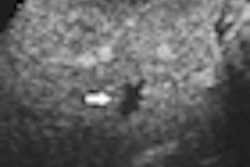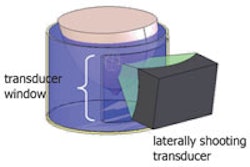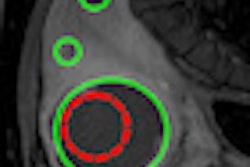The use of widespread screening or routine ultrasound for blocked neck arteries isn't necessary to determine stroke risk, according to new guidelines from a number of organizations.
Instead, ultrasound should be used only in people with symptoms or other stroke risk factors, according to guidelines produced by the American Heart Association/American Stroke Association, the American College of Cardiology, and other groups.
Stroke risk factors include age, family history of stroke, high blood pressure, high blood cholesterol, diabetes, obesity, atrial fibrillation, physical inactivity, sickle cell disease, and other heart or blood vessel diseases.
In other recommendations, the groups also noted that carotid endarterectomy and carotid stenting are both reasonable and safe treatment methods when arteries are more than 50% blocked. And medications offer a better alternative than either surgery or stenting for many patients, according to the guidelines.
The full text of the guidelines is set to be published in Circulation: Journal of the American Heart Association; Stroke: Journal of the American Heart Association; and the Journal of the American College of Cardiology.
Related Reading
CT equal to MRI for spotting perfusion abnormalities after TIA, January 14, 2011
CT predicts hemorrhagic transformation in stroke patients, December 22, 2010
MDCT of heart and arteries aids etiologic workup of ischemic stroke, November 9, 2010
Study finds diffusion-weighted MRI tops CT in diagnosing stroke, July 12, 2010
Volume helical shuttle CT perfusion identifies stroke patients, April 20, 2010
Copyright © 2011 AuntMinnie.com



















